5/22/2024 Running Shoe Progression and Injury Prevention
By Dan Mills is a husband and father, an athlete, and has served on the board for the American Physical Therapy Association.
About authorWe have been bipedal for 6 million years, most of which we had minimal protection for our feet. The relatively recent convention of protecting our feet has contributed to our longevity, comfort, and the level at which we can perform. Trail running, jogging, marathons, ultras, or simply hiking all have an interface at your feet. Technical innovations have exploded in the last 60 years. As engineers and footwear design teams innovate, we all become their beta testers for each new change. Over the years, some of these changes have dramatically improved comfort and performance. Unfortunately, some of these innovations went to market quickly and, in some cases, were built on minimal science and data.
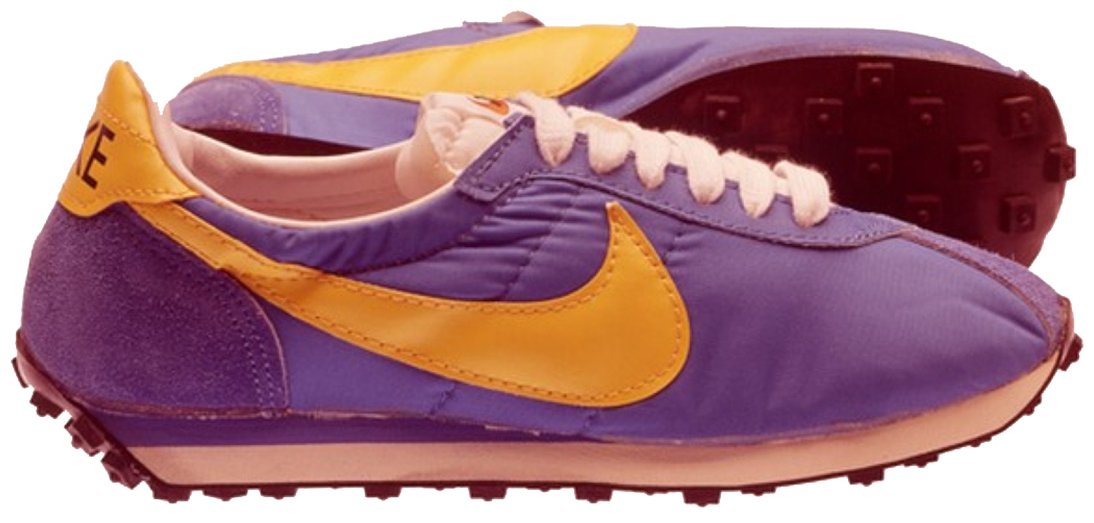
1960's and 1970's
Nike got its start when legendary track coach Bill Bowerman and one of his former athletes, Phil Knight, started selling "cushioned shoes" out of the back of vans at track meets. These shoes still necessitated a high turnover rate and a midfoot strike to avoid pain. Injuries were not frequent, but amateur running really only included former track athletes with a long history of developing a stride and contact congruent with this type of shoe.
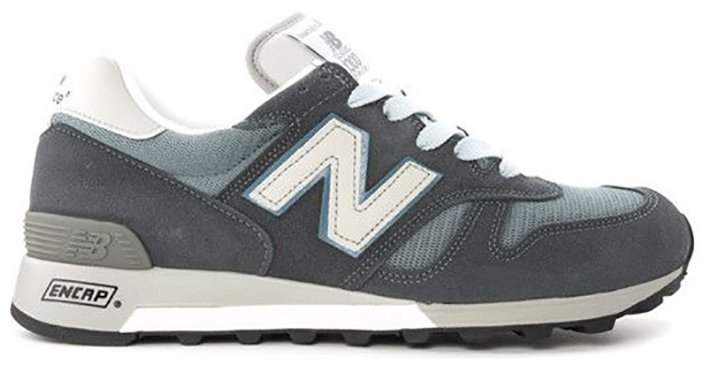
1980's
For runners, the 80s saw a flood of recreational athletes at every distance from 5k to the marathon. New Balance was one of the first innovators to offer a heavily foam-cushioned shoe that allowed runners to fully extend the knee and lengthen their stride. At the time, this decreased the pain for new runners. The changes in stride characteristics quickly became pervasive, and the arms race for cushioning began. It started with foam, followed by air, and then to gel. The resultant change in running mechanics continues to create injuries that are so frequent that we accept them as part of being a "runner." These include patellofemoral pain, IT band syndrome, and Achilles tendonitis, to name a few.
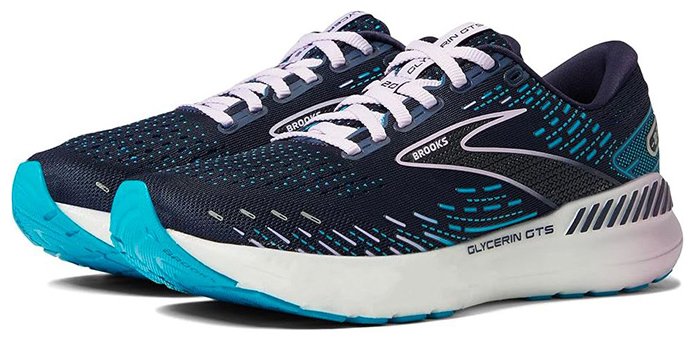
1990's
The motion control shoes that presumed we were all pronating took off in the 90's but had their origin in a simple concept that Brooks actually adopted in the 70's. Renowned podiatrist and author Steven Subotnik posited that a 4-degree wedge would counteract the visual rotation he observed in ground contact into pronation. Unfortunately, this gross oversimplification of the multi-joint mechanics of the sub-talar joint birthed a whole generation of motion-control shoes in the 90's. Every running store worth its salt had a treadmill and a camera to show you how you were over-pronating. The antidote sold for this malady was the motion-control shoe that continues to this day.
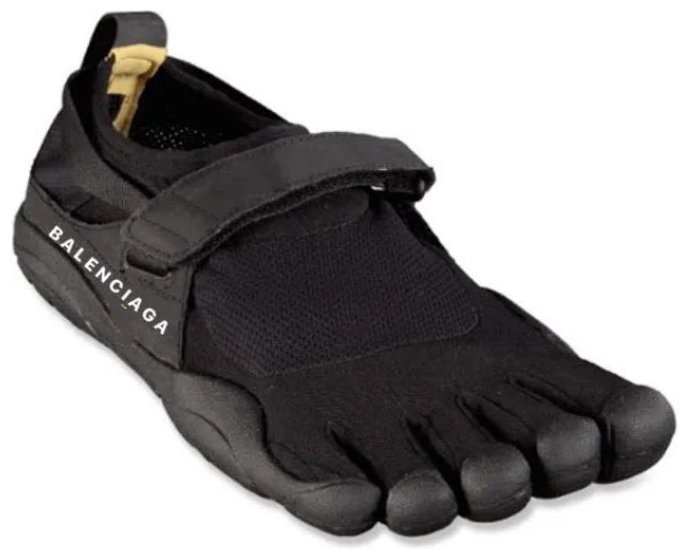
2000's
The early 2000s included the radical rebellion of the Vibram 5 fingers, the Nike Free, and every other company's variation on the theme. 2009 was the year of "The Book." Most runners are familiar with Christopher McDougall's descriptions of the Tarahumara tribe in the Copper Canyons. Although not a recipe or a training program, it is a unique counterpoint to the collective path the Western world of running technology has taken us on. The pendulum swing included several significant retreats, including returning to zero-drop or close to zero-drop shoes (primarily championed by the local brand Altra). Another innovation was the increased toe box size, dramatically increasing activity in the foot's intrinsic muscles. The basic premise of "just let your foot do what it wants to do" contrasts sharply with the previous 40 years of "innovation."
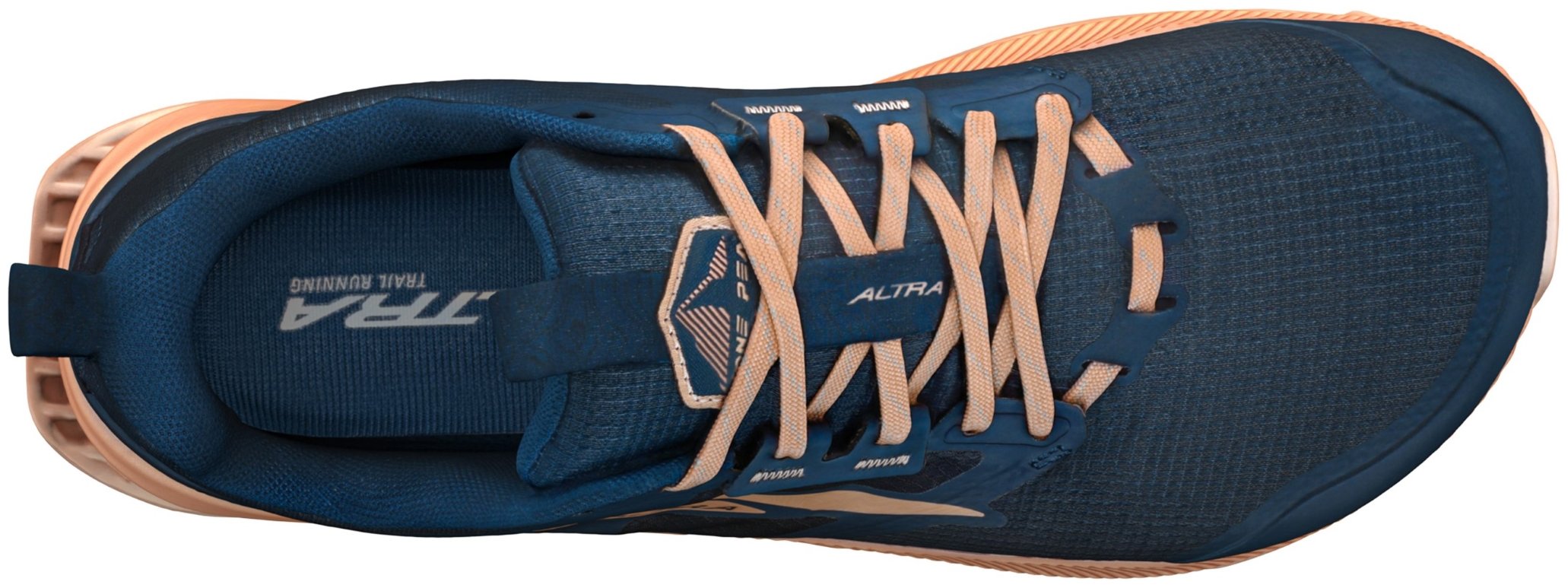
I share this history as a cautionary tale. The radical improvements in performance, protection, and innovation are a net positive. However, relying wholly on technology over foot strengthening, care, and listening to your body is folly.
Foot care in any of these disciplines can determine your comfort, your endurance, and, eventually, your longevity in the sport. I'm regularly asked what care I should provide for my feet when not exercising. In short, the easiest way to strengthen the little muscles in your feet is to walk around barefoot as much as possible! The activation of your foot's intrinsic muscles typically decreases dramatically in a high-performance shoe/boot interface. Give your feet a break from their high-performance footwear! Bare feet to the uninitiated can initially be a recipe for a bit of discomfort. For some, spending an hour a day in bare feet is all your feet may tolerate. A good pair of flip flops (I prefer Olukai's) or maybe even Crocs or your Vans are also a good break! Another set of simple exercises can help. I call it "Toe Yoga!" Seated with your bare feet on the ground, try to lift your big toe (only your big toe) up and down for 1 minute. Second, leave your big toe down and lift the other toes up and down for 1 minute. Last, try to separate (splay) your toes repeatedly for 1 minute. These are just some examples of how intrinsic foot muscles should regularly move to avoid injury or problems.
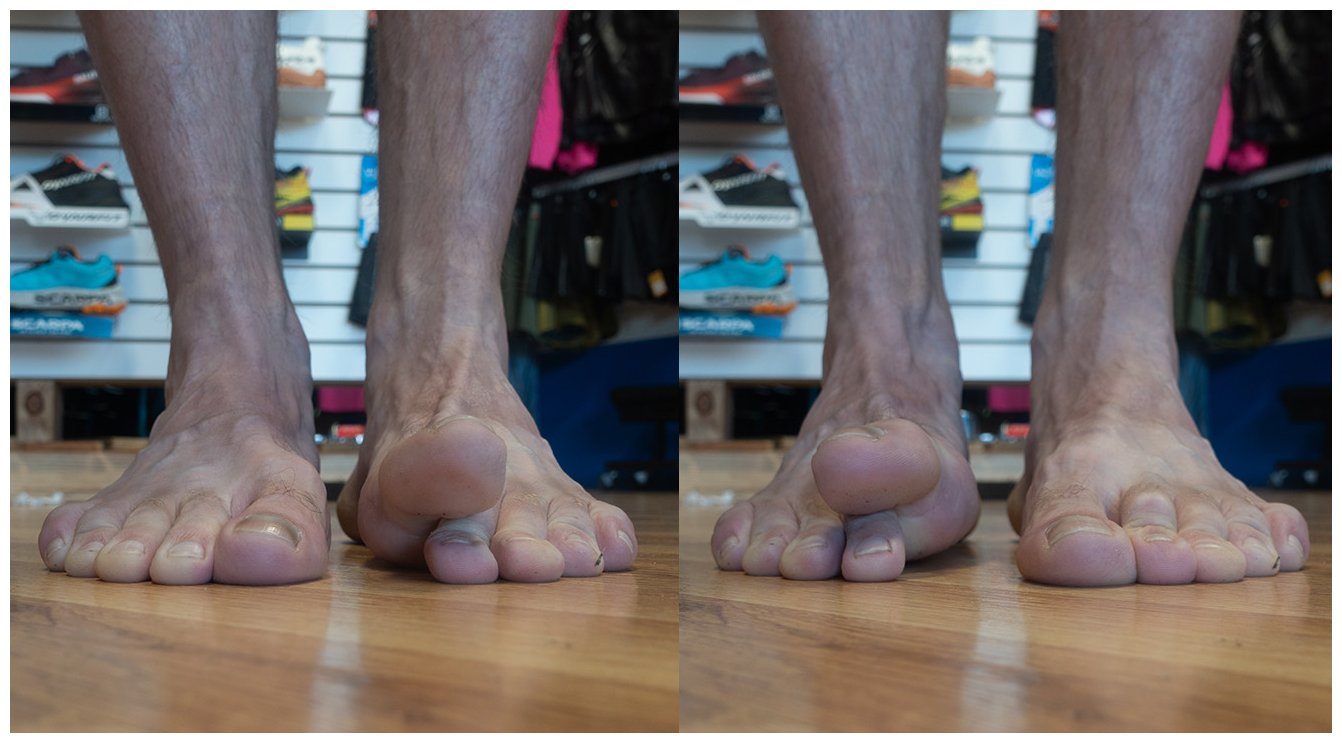
If you have been suffering for some time, it may be essential to get things checked out. Calcaneal bruising, plantar fasciitis, metatarsal pain, Achilles tendonitis, or bursitis may be related to your training, your activity history, or simply your shoe choice.
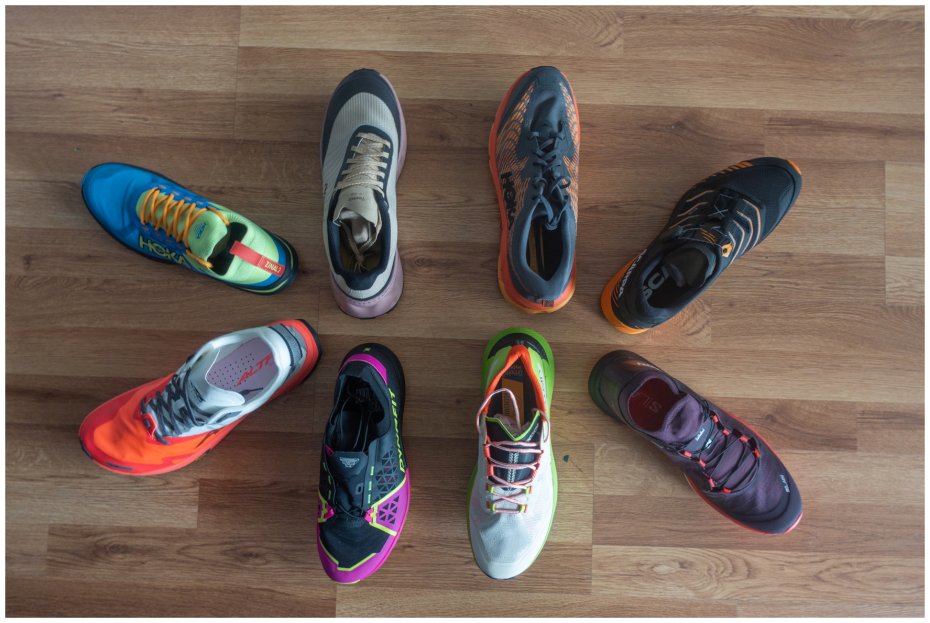
We are lucky to have an array of good shoe options at SkyRun. As their sales staff will tell you, they can't solve every problem, but their selection is a fantastic starting place.
Comments

8/29/2024
La Sportiva Akasha II Review







